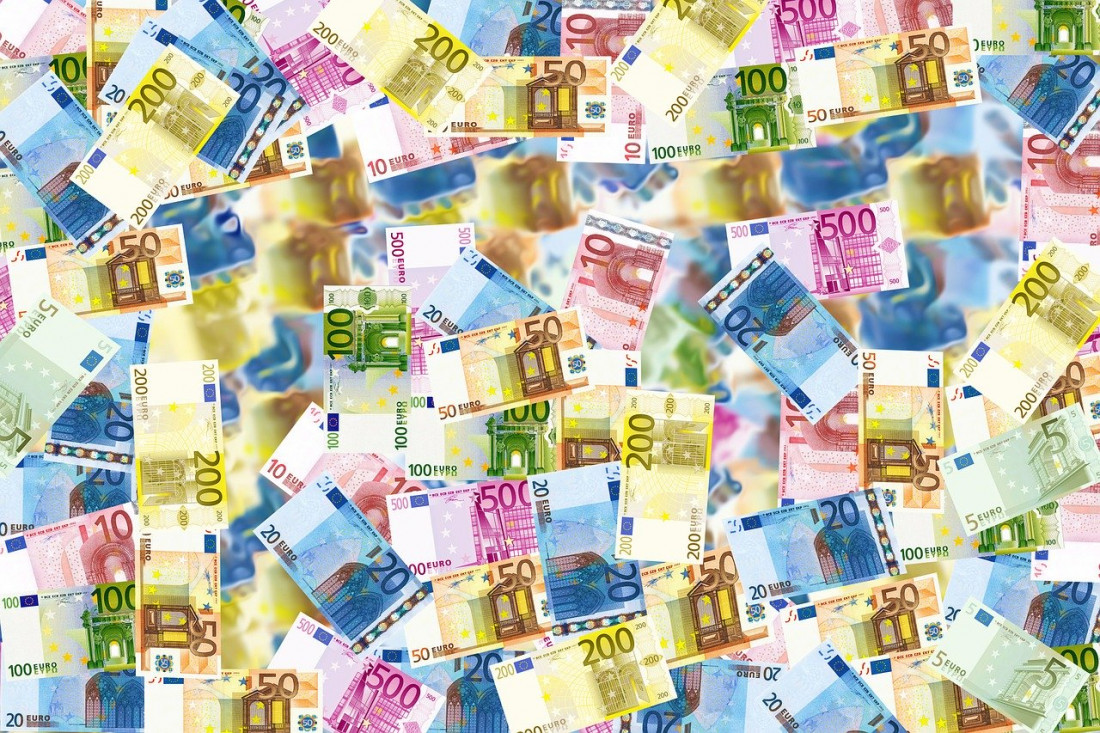In an insightful feature in the August 2016 edition of Ceramics magazine [pdf], the American Ceramics Society outlined an excting, future use for microspheres. More specifically, they explained how the use of porous-wall, hollow glass microspheres (PWHGM) had been adopted for the manufacture of counterfeit-proof ink.
The International Chamber of Commerce estimates that the global market for counterfeit goods reached a staggering $1.77 trillion in 2015. They also predict that this figure is set to grow, as laser printing technology becomes more advanced.
Whilst today’s counterfeit techniques include holograms, watermarks, barcodes, and radio frequency identification, as well as covert measures such as digital watermarks, the development of inks that could react in a prescribed way when tampered with, would add an additional layer of security to a wide range of documents and digitally printed products.
As the journal explains, the microspheres can be loaded with, “various payloads into the same ink formulation [and then] by controlling wall thickness or sphere diameter or [by] use of external coatings or treatments… [the] spheres can be designed to burst under specific stimuli (e.g., mechanical abrasion or thermal fluctuations), releasing the internal payload for easy detection.”
Researchers believe that these functions would mean that the ink would react to, “outside stimuli based on demand”. For example, the ink could change colour when exposed to heat, light, magnetism, electricity or specified chemicals. This could form the basis for anti-tamper and anti-counterfeiting devices.
Current methods of creating anti-tamper ink are complex, “In traditional [security] ink development, incorporation of a new functional material requires careful identification of a proper solvent, capping agent, and other additives to control dispersion, stability, and rheological properties of the ink. Use of PWHGMs as a carrier, however, minimizes these steps because of the ubiquitous nature of the microspheres’ morphology, characteristics, and glass surface chemistry. Thus, a variety of functional security inks may be developed and deployed within a single technology envelope.”
Testing has already shown that microspheres are a suitable ingredient for ink when applied with jet printers, and research is ongoing to find if, “other technologies, such as spin coating, or automated fluid dispensing systems, may prove to be better suited for fabrication of novel anticounterfeiting features that utilize PWHGM composites.”
There are many reasons why the planet needs next generation anti-counterfeit measures; home printing technology has improved drastically in recent years, giving way to an increase in the manufacture of forged documents. Copying of trademark and branded products is epidemic, and the need for more secure personal documents to combat illegal immigration, cybercrime and terrorism is a global problem. If microsphere ink proves to be one of those measures, then the demand for high specification glass microsphere manufacturing is sure to grow.

